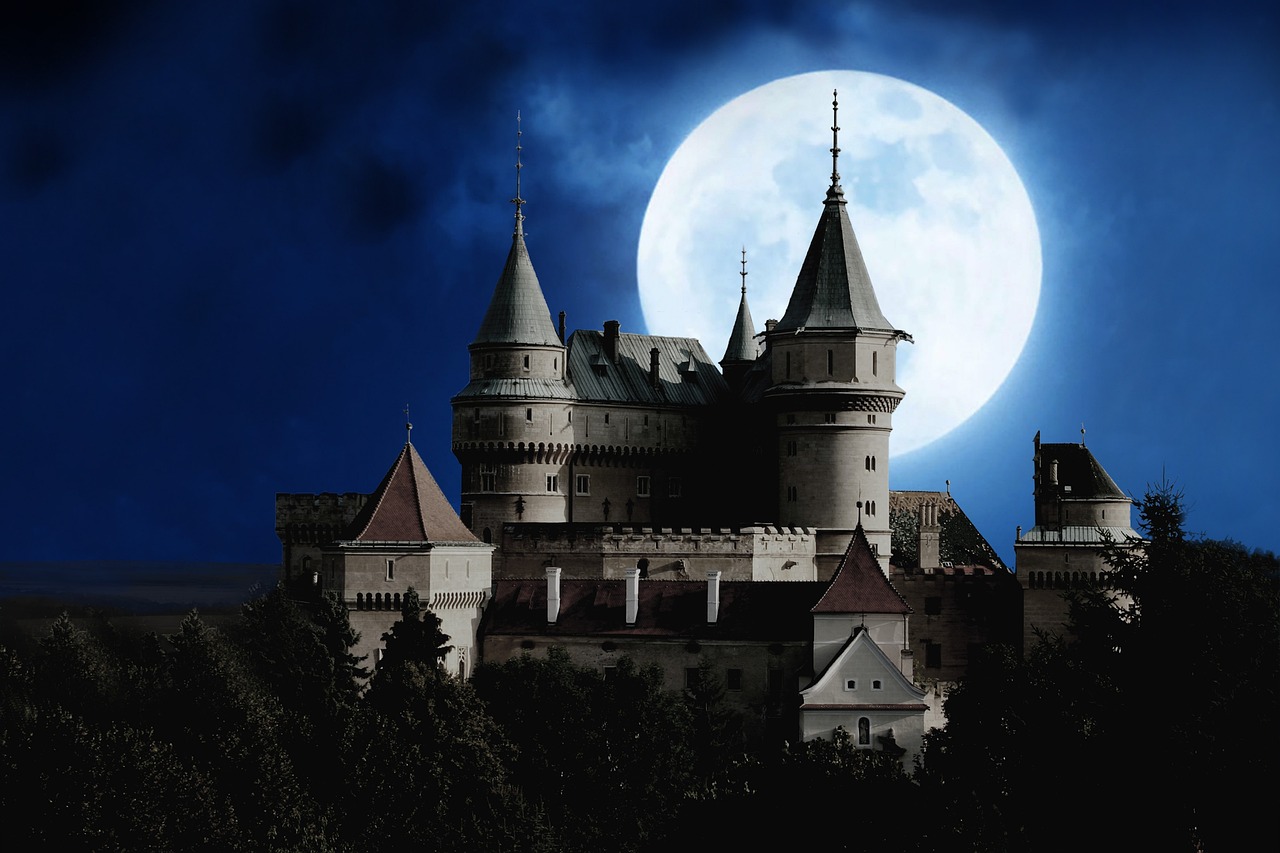Selene: The Titan Goddess of the Moon
Selene, known as the Titan goddess of the moon, is often depicted riding a horse or steering a chariot pulled by winged horses across the night sky. The representation of Selene includes a crescent moon atop her head or as part of her shining garment. In some stories, she is said to drive a team of oxen, with her lunar emblem compared to the horns of a bull.
Among Selene’s stories, her profound love for the shepherd prince Endymion stands out. Zeus blessed Endymion with eternal youth and placed him in everlasting slumber in a cave atop Mount Latmos. There, Selene would visit him during the nights, sharing her love under the stars.
While other goddesses, such as Artemis and Hekate, are connected to lunar themes, Selene is uniquely portrayed by ancient poets as the personification of the moon. Other deities associated with moon-related aspects include Pasiphae, the Leukippides, and Hera.
Family of Selene
- Parents:
- Hyperion & Theia (from Hesiod’s Theogony)
- Hyperion & Euryphaessa (as per a Homeric hymn)
- Pallas (mentioned in a Homeric hymn)
- Helios (from Euripides)
- Children:
- Pandeia (by Zeus)
- Ersa (by Zeus)
- Nemea (by Zeus)
- The Horai (by Helios)
- The Menai (by Endymion)
Homeric accounts elaborate her lineage as the daughter of Hyperion and Theia, making her siblings Helios (the Sun) and Eos (the Dawn). Selene also gives birth to multiple deities through her relationships, including a number of daughters with Endymion.
Selene in Ancient Literature
Selene is referred to in various classical texts. For instance, Hesiod refers to her birth from Hyperion and Theia, while Homer emphasizes her beauty and divine role in the cycles of the night. Some poets illustrate her afflicted love for Endymion, celebrating the depth of her passion for him in verses.
In art, Selene has been depicted as a vital figure, often associated with grandeur and beauty. She is sometimes shown riding alongside deities such as Helios or being featured in artistic renderings that celebrate her lunar majesty.
Myth of Selene and Endymion
The tale of Selene and Endymion is one filled with romance and melancholy. According to legend, Selene fell deeply in love with Endymion, a mortal famed for his beauty. When given a choice by Zeus, Endymion chose eternal sleep, enabling Selene to watch over him for all eternity. Their union resulted in the birth of numerous daughters, often said to symbolize the months.
The enchanting love story reveals the nature of Selene as a nurturing figure, inspiring numerous adaptations and references in poetry and literature over the centuries.
Selene in the Context of Lunar Worship
Selene is often associated with the monthly cycles, playing a crucial role in the ancient understanding of time. Skin-deep connections to childbirth emerged as pregnancies were tied to lunar cycles, with customs surrounding the moon seen as vital for freshwater harvests and agriculture.
Her influence extended to the seasons and agriculture, and she was invoked for favorable outcomes in farming. Festivals aligned with the lunar calendar celebrated Selene, marking significant events tied to her cycles and light.
The Transformation of Selene
Over time, Selene’s identity became intertwined with other lunar deities such as Artemis and Hekate. Together, these goddesses formed a triad that represented various aspects of femininity and nature, including healing, childbirth, and lunar influence.
In addition to being a goddess of the moon, Selene’s character evolved to embody themes of madness and lunacy, which were thought to be influenced by her lunar phases.
Artistic Representations
Throughout history, Selene has been immortalized in various forms of art such as vase paintings, sculptures, and mosaics, depicting her ethereal beauty and connection to the heavens. Her portrayals maintain a consistent thematic link to nature and the cosmos, reinforcing her status as a revered goddess across different cultures.
Summary
Selene, as the moon goddess, is a representation of beauty, love, and cosmic power. Her influence, depicted through ancient texts and artistic representations, symbolizes a vital connection to the night and the rhythms of nature. Her myth exemplifies the eternal bond between love and the celestial, captivating hearts through centuries.





